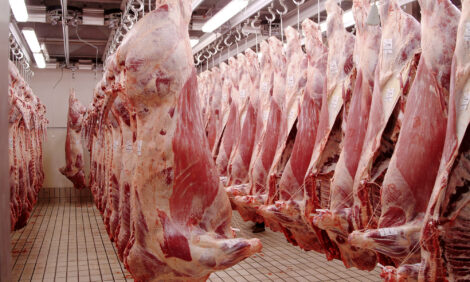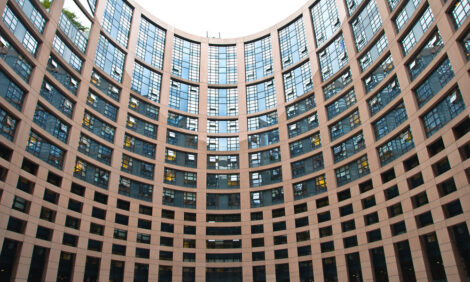



Cattle Farmers Feel Squeeze After Ban Lifted on Exports
MYANMAR - The government has announced plans to lift a ban on live cattle exports but industry sources say ordinary farmers are unlikely to benefit until restrictions on transporting cattle are also removed.Frontier Myanmar reports that livestock traders have welcomed the government’s decision to allow live cattle exports, ending a ban imposed under junta rule decades ago.
The Ministry of Commerce plans to remove cattle from a list of banned exports issued under the 2012 Major Commodity and Service Law, officials told Frontier recently.
A spokesperson for the Livestock Breeding and Veterinary Department, which is working with the Ministry of Commerce on the policy change, said a one-year trial of live exports was planned.
The government is drafting a live cattle export policy that will set rules and regulations for the trade. The spokesperson said one likely rule is that the cattle must be at least five years old to be eligible for export. The policy will also address issues such as tax, health status and verification of ownership.
The official said the government had received many offers from foreign countries, including China, to buy live cattle. Further negotiations would be required to enable formal exports, said the spokesperson, who asked not to be named.
"We are discussing the details of an agreement now with China," she said. "When the trade becomes legal, farmers will benefit and the government will get tax revenue."
Dr Ye Htun Win, director general of the Livestock Breeding and Veterinary Department, told local media last month that the government would allow traders to export up to 100 cattle at a time.
On 27 October, government and private sector officials met to discuss the live exports issue further, including the need to lift restrictions on transporting cattle.
"Cattle are still on the list of restricted export items. The government has to lift this order – if not then this change will not benefit ordinary people," said Dr Kyaw Htin, vice chair of the Myanmar Livestock Federation.
"I think this decision is better than to loan money to the poor people. Because the price of cattle in the local market is just between 500,000 to 100,000.When the border market opens it will go up five times" said Dr Htin.
'Huge potential'
Market sources say legalising the market will earn revenue for the government from export taxes and enable cattle traders to make a living without breaking the law.
"Legalising cattle exports is a very good decision," said livestock trader U Min Soe, who has a farm in Bago Region and has been trading cattle for around 20 years.
"There is a big market near us," he added, referring to China.
Despite the ban, cattle were smuggled abroad illegally for decades. The ban on cattle exports was strictly enforced from November 1999 but had been in place for many years previously. The junta banned exports to ensure that the country’s rural-based economy was not affected by a shortage of draught animals and because it did not want meat prices to rise.
Because of the ban cattle farmers have had few options for buying and selling other than breeding or supplying butchers.
"Farmers either have to keep cattle that they are not using or sell them at a low price, because they have no alternatives," said U Mya Htwe, a farmer at Ngapudaw Township, Ayeyarwady Region, who owns five buffalo.
Livestock Breeding and Veterinary Department figures show Myanmar had nearly 15 million cattle in 2013 and had experienced compounded annual growth of 2.4 per cent from 2000 to 2013.
More recent data from the Ministry of Agriculture, Livestock and Irrigation statistics shows that as of 2016-17 there were approximately 17 million cows, 7.9 million goats, 3.8 million buffalo and 1.6 million sheep.
But in recent years informal live exports have increased notably due to growing demand in China and Vietnam, where prices are much higher than inside Myanmar, according to researchers. In 2013, Thailand’s Office of Agricultural Economics reported that the country imported 204,000 cattle from Myanmar.
In a paper prepared for a 2015 workshop on beef markets and trade in Southeast Asia and China, local and foreign researchers said that cattle prices in Myanmar were significantly lower than neighbouring countries and this was the main force driving "unofficial exports".
"If export policies are liberalised, Myanmar has huge potentials to develop backgrounding and fattening systems based on local and imported cattle as the country has a vast land area which could be used as grazing of animals," they wrote.
Cattle being moved across state and region borders without permission are liable to be seized. Local media reported regularly on police arresting cattle smugglers across the country, but particularly along the border with China. However, smugglers can evade the authorities through the use of fake documents or by paying bribes.
TheCattleSite News Desk


